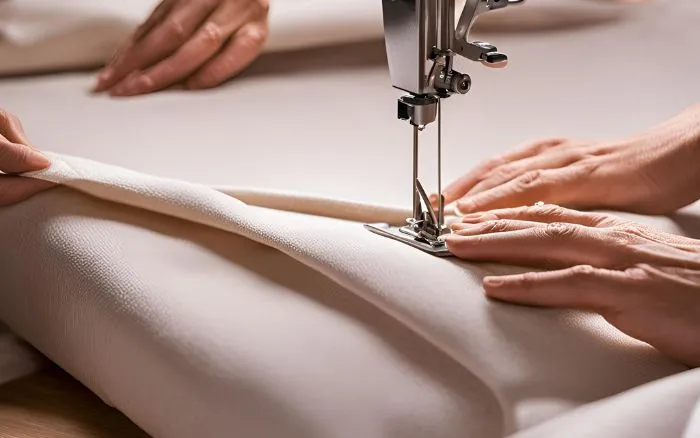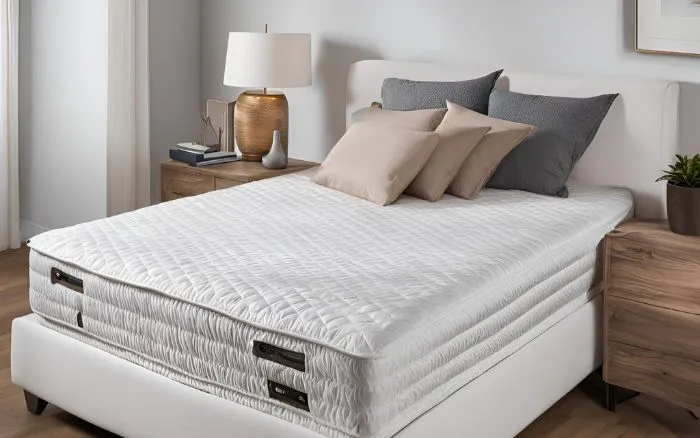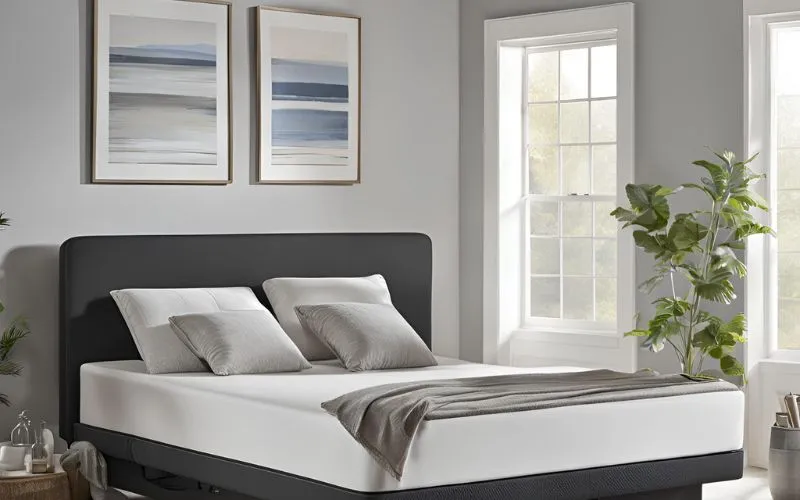Choosing the Best Mattress Toppers for Comfort and Support

Introduction
Choosing the right mattress topper can make a significant difference in the comfort and support of your sleep. In this comprehensive guide, we’ll explore the various aspects of mattress toppers, including types, benefits, considerations before buying, and how to choose the best one for your needs. Additionally, we’ll delve into factors to consider when selecting a mattress topper, maintenance tips, and conclude with key takeaways to help you make an informed decision for a restful night’s sleep.
What is a Mattress Topper?
Types of Mattress Toppers
When considering mattress toppers, it’s essential to understand the different types available. The most common types include memory foam, latex, down, feather, and wool. Memory foam toppers offer contouring support, while latex toppers are known for their durability. Down, feather, and wool toppers provide natural insulation and softness, catering to various sleep preferences.
- Memory Foam: Memory foam mattress toppers are popular for their ability to conform to the body’s shape, providing excellent support and pressure relief. They are ideal for reducing motion transfer and alleviating discomfort.
- Latex: Latex mattress toppers are appreciated for their natural resilience and long-lasting durability. They offer responsive support, breathability, and are resistant to dust mites and mold.
- Down, Feather, and Wool: These natural material toppers provide exceptional insulation and softness. Down and feather toppers offer a plush, luxurious feel, while wool toppers regulate temperature and wick away moisture.
Benefits of Using a Mattress Topper
A mattress topper serves as an affordable way to enhance your sleep experience. It can rejuvenate an aging mattress, improve comfort, and provide additional support, especially for those with back or joint pain. Additionally, many toppers are designed to regulate temperature, offering a cooling effect for a more comfortable sleep environment.
Considerations Before Buying
When considering purchasing a mattress topper, there are several important factors to keep in mind to ensure that you select the best option for your specific needs:
- Firmness: Evaluate the firmness of the mattress topper based on your personal comfort preferences. Some individuals prefer a softer feel, while others may opt for a firmer surface for additional support.
- Thickness: The thickness of a mattress topper can significantly impact its performance. Thicker toppers often provide enhanced cushioning and comfort, while thinner options may offer more subtle adjustments.
- Material: Consider the material composition of the mattress topper, as it can affect breathability, durability, and the overall feel. Common materials include memory foam, latex, down, and wool, each offering unique benefits.
Aside from the practical aspects, it’s essential to evaluate your specific sleep needs. Whether you require additional cushioning, pressure point relief, or temperature regulation, understanding these preferences will guide you toward selecting the most suitable topper for optimal comfort and support.
How to Choose the Best Mattress Topper
Choosing the best mattress topper can significantly enhance the comfort and support of your existing mattress. When selecting a mattress topper, it’s essential to consider various factors to ensure that it addresses your specific sleep needs effectively. Here’s a comprehensive guide to help you make an informed decision:
- Materials: Evaluate different materials such as memory foam, latex, down, or wool to understand their unique properties and how they align with your preferences for support and softness.
- Thickness: The thickness of a mattress topper can greatly impact its performance. Thicker toppers provide better cushioning and pressure relief, while thinner options may offer more targeted support.
- Support and Comfort: Consider your sleep position and any specific orthopedic concerns to determine the level of support and comfort that will promote better sleep quality.
- Temperature Regulation: Look for mattress toppers designed to regulate temperature, especially if you tend to sleep hot or cold. Materials like gel-infused memory foam or breathable wool can contribute to a more comfortable sleep environment.
Once you have a clear understanding of your priorities, you can explore customer reviews and expert recommendations to identify the best mattress topper that aligns with your specific needs. By carefully evaluating these factors, you can make an investment in better sleep and overall well-being.
Factors to Consider When Choosing a Mattress Topper
Comfort Level
When choosing a mattress topper, comfort level is a crucial factor that directly impacts the quality of sleep. It goes beyond the plush, medium, or firm feel to encompass a deeper understanding of individual preferences and needs. Here are some key points to consider when evaluating the comfort level of a mattress topper:
- Material Composition: The type of material used in the mattress topper determines its comfort level. For example, memory foam toppers provide a contouring and pressure-relieving feel, while latex toppers offer a natural, responsive, and breathable surface.
- Temperature Regulation: A comfortable sleep environment is essential for a good night’s rest. Look for mattress toppers with temperature-regulating properties, such as cooling gel-infused memory foam, to ensure a balanced and pleasant sleeping experience.
- Body Support: Beyond the initial feel, a mattress topper should provide adequate support to align the spine and relieve pressure points, contributing to overall comfort and well-being.
Ultimately, personalized comfort is the cornerstone of a restful night’s sleep and plays a significant role in promoting overall well-being and vitality.
Supportiveness
The supportiveness of a mattress topper is crucial for enhancing the overall comfort and sleep quality. It plays a significant role in promoting proper spinal alignment, alleviating pressure points, and reducing discomfort, ultimately leading to a restful and rejuvenating sleep experience.
- Pressure Relief: A supportive mattress topper effectively distributes body weight, thereby minimizing pressure on sensitive areas such as the shoulders, hips, and lower back. This aids in reducing the likelihood of developing pain and stiffness.
- Spinal Alignment: Optimal support from a mattress topper helps maintain the natural curvature of the spine, preventing the onset of back problems and promoting a healthy sleep posture.
- Enhanced Comfort: By selecting a topper that offers targeted support, individuals can experience enhanced comfort and minimize muscle tension, leading to improved sleep quality.
Durability and Longevity
When considering a mattress topper, durability and longevity are key factors to ensure sustained comfort and support. Durable toppers maintain their shape and integrity over time, offering lasting benefits. By investing in a durable and long-lasting topper, you can maximize the longevity of your mattress and enjoy consistent comfort for years to come.
Mattress Topper Maintenance
Cleaning and Care Tips
Cleaning and Care Tips
- Vacuum your mattress topper at least once a month to remove dust, dirt, and allergens.
- Spot clean spills and stains immediately using a mild detergent and a damp cloth. Avoid using harsh chemicals that may damage the fabric.
- Consider using a mattress topper protector to protect against spills and stains, and to extend the lifespan of your topper.
- For thorough cleaning, follow the manufacturer’s instructions for washing and drying your specific type of mattress topper.
- Rotate your mattress topper every 1-3 months to ensure even wear and prevent uneven compression.
- Keep your mattress topper in a well-ventilated area to prevent moisture buildup, which can lead to mold and mildew.
Storage and Rotation
Proper storage and regular rotation are essential for prolonging the life of your mattress topper and ensuring continued comfort. Here’s a detailed look at how to effectively store and rotate your mattress topper:
- Storage Location: Choose a well-ventilated area to store the mattress topper, away from moisture and direct sunlight. This helps prevent the development of mildew and odors.
- Protection: Use a breathable cover to shield the topper from dust and potential stains while in storage.
- Flat Storage: Whenever possible, store the mattress topper flat to maintain its shape and integrity over time.
- Frequency: Rotate the mattress topper on a regular basis to promote even wear and distribute pressure points across the surface.
- Method: When rotating, turn the topper 180 degrees, flipping it end to end to maintain its balanced support.
- Importance: Regular rotation helps to extend the lifespan of the mattress topper and ensures consistent comfort for a longer period.
By following these storage and rotation practices, you can maintain the quality and comfort of your mattress topper, contributing to an enhanced sleeping experience.
Conclusion
As we conclude our exploration of mattress toppers for comfort and support, it’s evident that the right topper can significantly enhance your sleep quality. By understanding the types, benefits, and factors to consider, you can make an informed decision tailored to your individual preferences. Prioritizing maintenance and care ensures long-lasting comfort, ultimately contributing to restful and rejuvenating sleep experiences.




